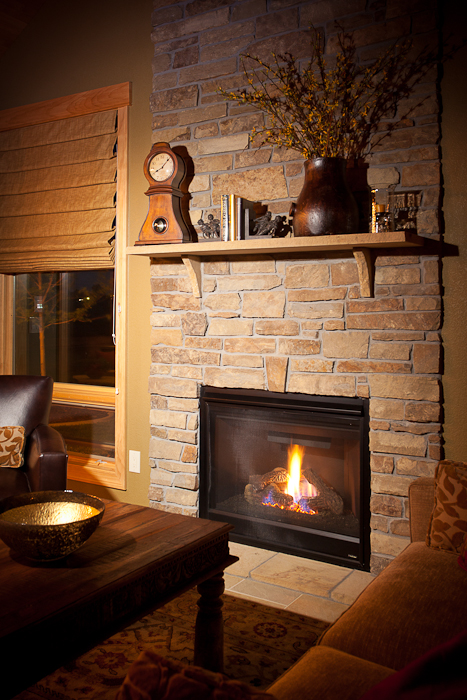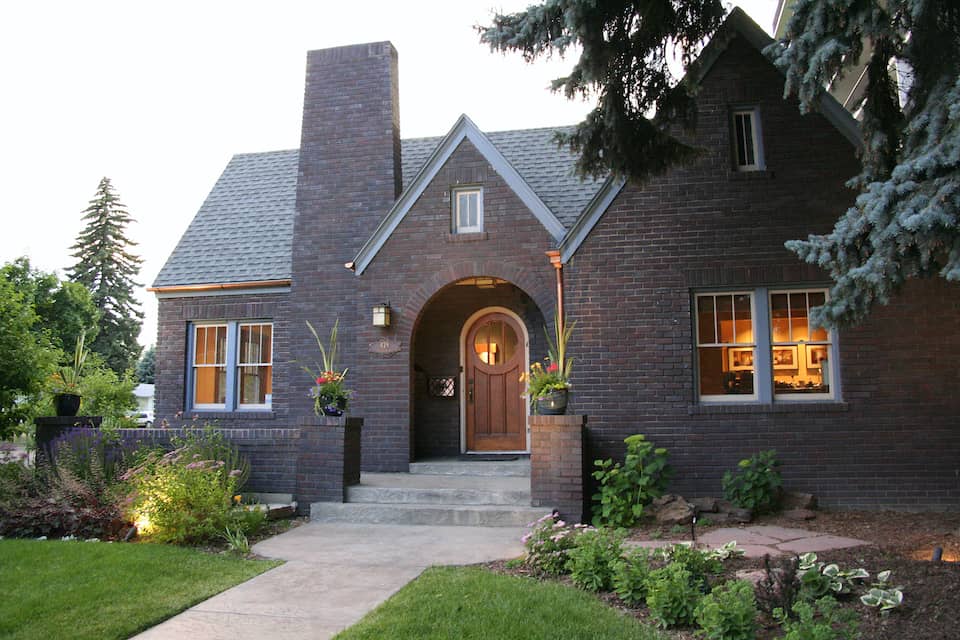We’ve been fielding a lot of calls lately about fireplaces and wood-burning stoves. Many homeowners who braved the recent cold snap are sticker-shocked by their energy bill and looking for alternative heating options. Others are pure romantics who just want to cuddle up with their valentine by a cozy fire in the family room.
While many homeowners are getting fired up about fireplaces, when it comes to options, efficiency and restrictions they admit they feel in the dark. So let’s shed some light on a few issues.
> Fireplace options: Today’s residential fireplaces and stoves are available in a variety of styles, and approved options are categorized by fuel type, including pellet, wood and gas.
Pellet stoves are very efficient and the fuel is inexpensive but they tend to have maintenance and service issues and don’t work if the power goes out.
New EPA-approved wood-burning fireplaces and stoves are very efficient, heating up to 3,000 square feet and offering an 8- to 10-hour burn time. Unlike their older counterparts, they do a good job of maintaining indoor air quality.
Direct-vent natural gas fireplaces and stoves are extremely efficient, use fresh air for combustion and are approved by the American Lung Association.
> Energy efficiency myths: Chris Tenan, general manager of Western Fireplace Supply in Fort Collins, reports the two most common fireplace efficiency misconceptions he hears are old wood-burning fireplaces help save on your heating bill and today’s gas fireplaces are purely decorative. He feels nothing could be further from the truth.
An older wood-burning fireplace may produce heat by the hearth, but Tenan guarantees you’re cooling surrounding rooms in the process.
“The fire draws furnace-heated air from other rooms for combustion and sends it right out the chimney,” Tenan said. The warmed indoor air is often replaced by cold outdoor air, which is pulled into the home through cracks and old seals around windows and doors. It’s not unusual to hear the furnace kick on while an older fireplace is burning wood.”
Tenan also claims that today’s direct-vent gas units are far more than decorative. They won’t draw indoor air for combustion, put out some serious heat and a room’s thermostat can remotely control the flame and maintain an even, desired temperature.
> Codes and restrictions: Permits, municipal codes and wood-burning restrictions are enforced to protect you and your neighbors. A permit is legally required to install or retrofit any fireplace or heating stove to code. Home closings have been jeopardized and house fires have started as a result of shoddy installations, all because permits were not pulled.
The city of Fort Collins recommends against burning wood altogether, but if you chose to burn, they identify restrictions and offer helpful tips to minimize impact at www.fcgov.com/airquality/wood-burning.php.
So if you’re warming up to the idea of adding or retrofitting a fireplace or stove, contact a professional fireplace retailer who can suggest a unit that’s right for you and who offers factory-trained installers and service technicians happy to help you understand current rules and regulations.
To view our column in the Coloradoan please click here.

